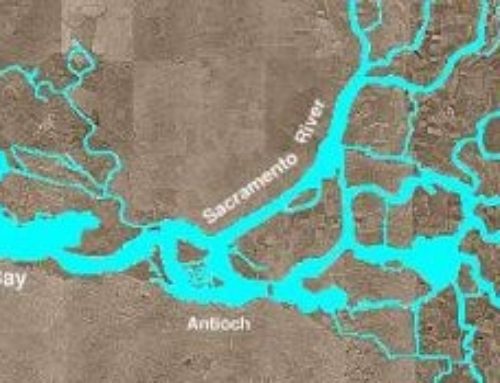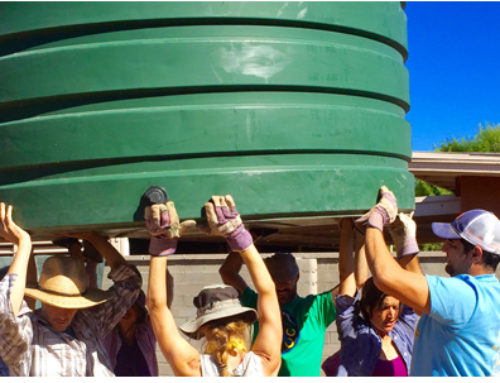-
Urban water conservation is critical to the future of the Delta, since California’s cities have been taking an ever increasing amount of water from the Delta.
In the 80s & 90s, urban users used about 35% of South of Delta exports. But that percentage jumped to 42% in the 2000’s. The cause was increased pumping by the State Water Project. About 90% of the increase in Delta exports between the 90s and the 2000s was from the State Water Project. The State Water Project is largely urban — about 75%. This means that over two thirds of the increased Delta exports in the last decade went to urban use.
Also, most of the restrictions on Delta exports due to the Biological Opinion are to the State Water Project. Over half the reductions mandated by the BIOP are to urban water districts. As you can see, urban water conservation is essential to reducing Delta exports.
State Water Project Allocation Increased to 50%
Submitted by Sarah Langford
Early-season precipitation has prompted the Department of Water Resources to increase its projected deliveries of State Water Project water in 2011 to 50% of contractors’ requests, up from a 25% supply projected in November.
“This is very good news after the 2007-2009 drought from which we’re still recovering,” said DWR Director Mark Cowin in a statement. “We don’t want to be overly optimistic with most of the winter ahead of us, but recent storms have given us the best early season water supply outlook in five years.”
The final 2010 allocation was 50% of requests, up from the 5% initially projected after three dry years. The 5% initial allocation was the lowest since the SWP began delivering water in 1967.
DWR is conservative in estimating water deliveries since farmers and others can suffer if expected amounts cannot be delivered. It is likely that the 50% allocation will be increased as rain and snowfall totals continue to increase. A major storm system is sweeping into the state today.
Currently, Lake Oroville in Butte County, the SWP’s principal reservoir, is at 81% of normal storage for the date (50% of capacity), still with plenty of room to handle incoming storms. Shasta is at 73% capacity (118 percent of normal), and Folsom at 48% of capacity (100% of normal for the date).






